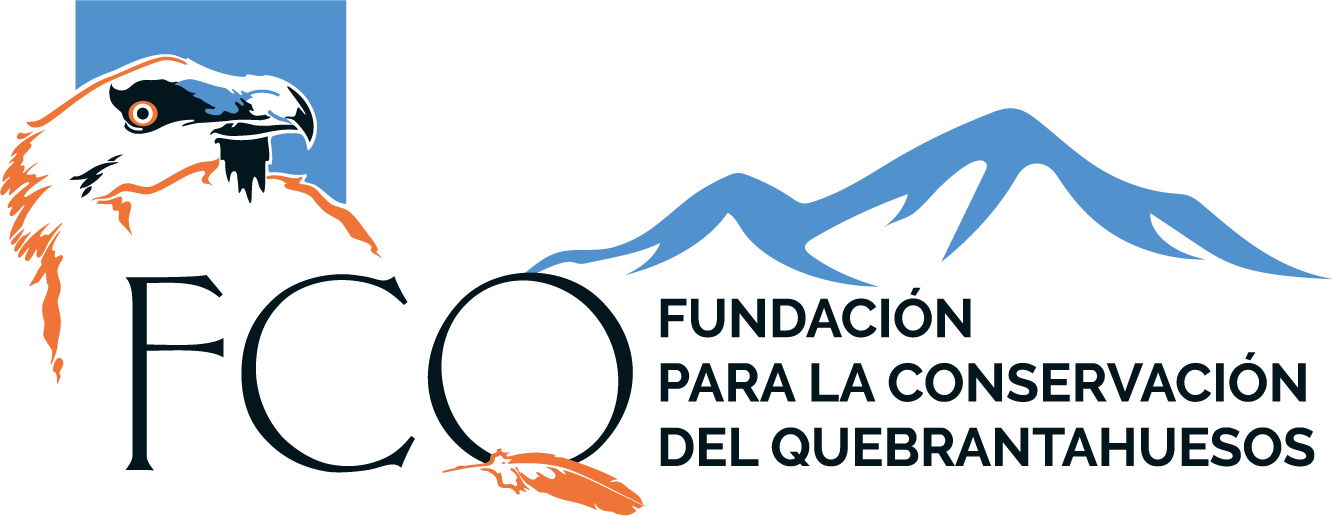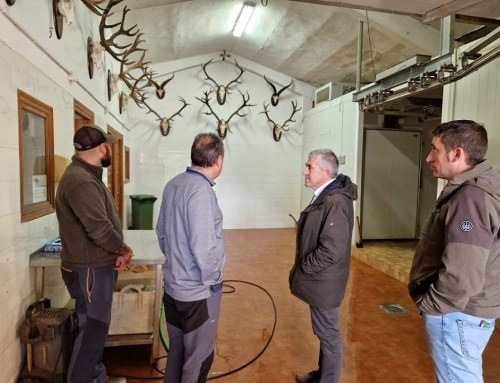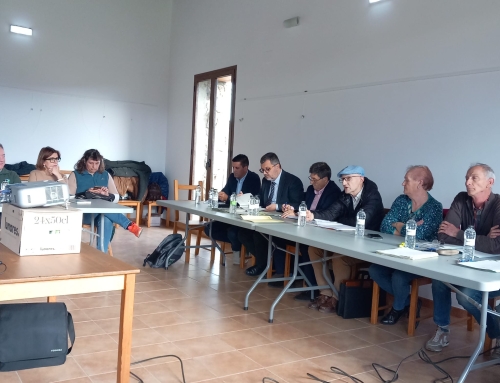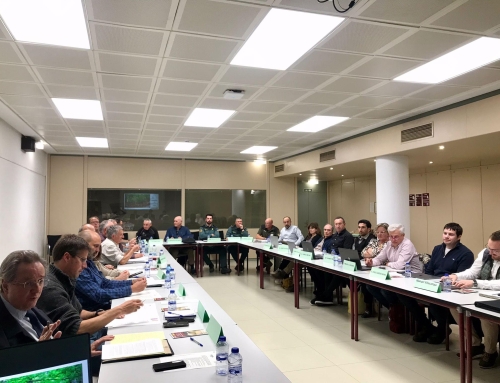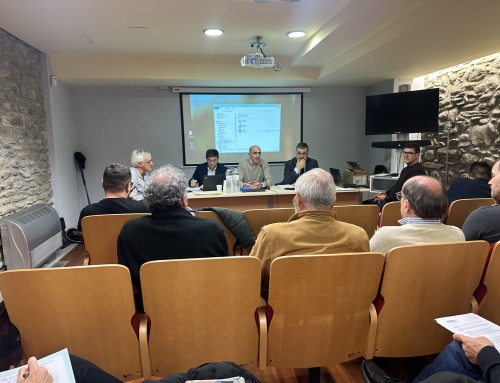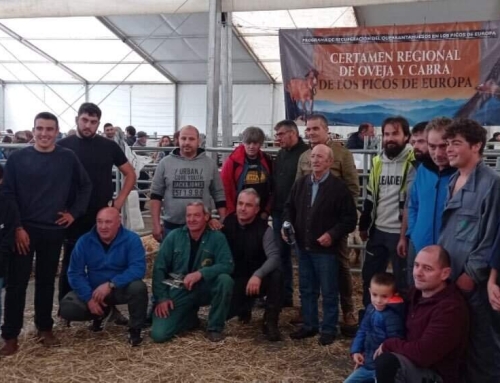
The bearded vultures of Gredos extend the family.
The process of reintroduction of the bearded vulture in Gredos continues to take steps, with the arrival of four new specimens, which brings to nine the population in this massif that saw the disappearance of this species more than half a century ago. After Risco and Galana arrived two years ago and Zapardiel, Chilla and Benemérita one year ago, this Wednesday Julio, Martín, Matilde and Esperanza have completed their journey from the Aragonese Pyrenees. They are only 90 days old and have been received at the Risco Redondo site, in the municipality of Zapardiel de la Ribera. There they have received the corresponding ‘check-up’ by the German veterinarian Úrsula Höfle, who has explained to the attendees the process, before being transferred to the platform-cage where they will remain for the next 30 days, before their release, joining their other five neighbors’. Since their arrival at the site of Avila, after a very long journey that began at 2.00 am, the four specimens of bearded vultures have had a quiet behavior, before the expectation of the attendees, among which were students of Biology, along with authorities of the Board as the territorial delegate, José Francisco Hernández, the head of the Territorial Service of Environment, Rosa San Segundo, and the director of the Regional Park of Gredos, Nicolas Gonzalez.
Origin of names
The names of the four new ‘tenants’ of Gredos are a tribute to some people who have helped at different times in this process. “It is a way for the conservation project to thank those individuals or administrations for this outstanding point of commitment”, according to the project director, Gerardo Báguena. This reintroduction process is carried out by the Foundation for the Conservation of the Bearded Vulture, as beneficiary of the LIFE Project ‘Iberian Corridors for the Bearded Vulture’, which has co-financing from the European Commission and the regional governments of Aragón, Asturias, Castilla y León and Cantabria, as well as the Ministry for Ecological Transition and the Demographic Challenge, through OAPN and Endesa. The four specimens arrived from the National Park of Ordesa and Monte Perdido, in the province of Huesca, are part of the ten that this year have been bred in captivity, a “record” number, according to Báguena, who stressed the importance of this “very powerful relief measure, which comes to strengthen robustly the population of bearded vultures that Spain has”. As an example of the importance of this captive breeding, the project director has indicated that the entire population of the central Pyrenees has been able to raise “only 21 chicks in the wild”, so this tool becomes a “successful auxiliary tool for the recovery of this species”. The other six specimens bred in captivity will go to Picos de Europa, in this process of recovery of a species that is still in the process of extinction, despite the intense recovery of recent years in Spain, despite the fact that in Europe it is “practically extinct”. The Iberian Peninsula is home to more than half of the European census, thanks to the intense work carried out in recent years. Whereas in the 1970s there were around 200 specimens in Spain, it is currently estimated that there are “between 1,000 and 1,500”. In this recovery process, the Sierra de Gredos “provides a meeting point between the southern population, from Cazorla, and the north”, making the Avila massif a “strategic point in the demography of the species” which feeds, in 95% of the cases, on mountain goats.
Objectives
In the case of Avila, the reintroduction program aims to reach the figure of 20 specimens when the program concludes in 2027, which means a measure of 4 bearded vultures each year. In this sense, Gerardo Báguena explains that this progression should be maintained, at least during the next decade, to reach “50 or 60 specimens in the wild in Gredos, so that the population grows in an autonomous, independent and sustainable way”. He also stressed the positive “surprise” of a survival rate that reaches 100% of the reintroduced specimens, when in the first two years there are usually “30 or 40%” of casualties.
Source:
https://avilared.com/art/77297/video-los-quebrantahuesos-de-gredos-amplian-la-familia
